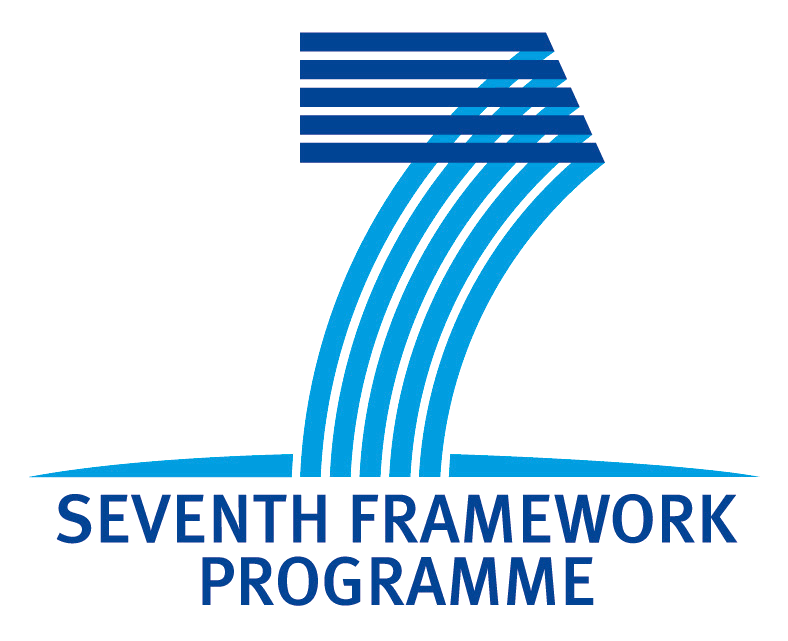WP6 Case study: mathematics - M39
Summary of progress
in the first part of the project we developed a GF Mathematical Grammar Library (mgl) based on several OpenMath content dictionaries. This encompasses the OpenMath layer of the mgl. For the next part we developed, on top of it, the module Commands that allows the use of human language at commanding a Computer Algebra System (cas) into computing the objects described in the OpenMath layer, and getting the answers delivered in natural language too.
For the final part we undertook creating a prototype for assisting students into modeling and solving word problems: The statements of these problems relates to notions of ordinary life and the goal of proposing these to the students is for they to learn how to describe mathematically the relevant relations in the statement into equations (modeling) and then, how to solve these to get the numeric solutions interpreted in terms of the original statement (solving).
The kind of reasoning needed in this the description logic used by WP4 (OWL reasoners) was found wanting in its arithmetical capabilities. We needed a dialog system more than a query/answer system. This moved into creating a new reasoner based on Prolog, along the lines of WP11, able to cope with basic arithmetic settings. That means, being able to automatically decide whether a problem statement is free from contradictions and whether it contains enough information to deduce the solution. On the other hand, since we want the system to guide the student into the proper equations, we need to account for the state of the modeling process, storing new facts discovered by the student and automatically providing next-step hints to him/her. All this took much time that originally planned and forced us to concentrate in the novel challenge (modeling) and keep aside the solving part.
Highlights
We developed a tool that runs on a Scala shell for constructing simple word problems, sentence by sentence, using one of the four languages supported: Catalan, English, Spanish and Swedish. It checks that the sentences written so far are consistent and complete to make a problem and saves it as Prolog code with comments in GF.
We developed an assitant that runs on a text terminal and engages the student in a dialog in one of the aforementioned languages. This dialog starts with the statement of the problem and the proceeds by providing hints on how to do next or answering questions about the information that has been discovered. The process ends when the student provides an equation that captures the relevant information to solve the problem. Then, the system delivers the solution in natural language.
Deviations from Annex I
We could not use the grammars of WP4 as stated since the reasonong and language are different. In the Query Technologies worpackage, questions are about objects in classes having properties, while in our case the questions are about cardinals of sets of objects. On the other hand, we departed form the query/answer form and went into a dialog. All this required new grammars.
Time constraints, as mentioned above, forced us to leave the integration of the solving step into the prototype. Apart from this, a vital component that mediated the communication between the GF side and the cas side (Sage simple server) was deemed obsolete by the Sage community, so it was no advisable to pursue it further until a clear standard for communicating with Sage arises. At the moment of writing this document such a candidate seems to dominate (sagecell) but still is not distributed among the standard packages of Sage (and fails to install in some platforms for the last version of Sage (5.9)).
- Printer-friendly version
- Login to post comments
- Slides
What links here
No backlinks found.


